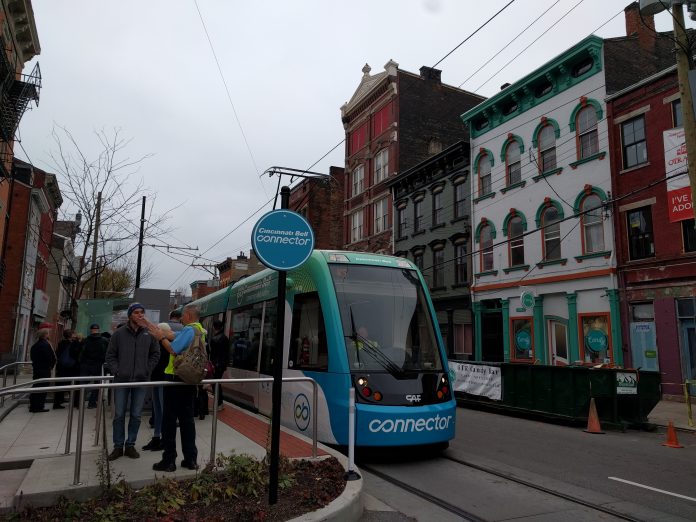On Sunday, Ross Douthat responded to a libertarian think-tank article making the argument that Trump attacks liberal cities to justify white nationalism. Douthat appears to somewhat misread the argument and dissents. He claims liberal cities don’t work for most and the age of successful cities has been a time of general decline:
In the age of the liberal city—dating, one might argue, to the urban recovery of the 1990s—economic growth has been slack, political dysfunction worse, and technological progress slow outside the online sector.
The Problems With America And the Problems With Liberal Cities
Douthat supports this assertion by citing problems that are found everywhere in America, often exacerbated outside of cities. While his article addresses economic decline, it omits a discussion of racism. It’s undeniable that support for Trump is largely possible because of tolerance of intolerance. It can seem like a cheap shot to criticize people for not focusing on racism–everyone needs to spend more energy fighting it–but Douthat’s omission is particularly jarring. He responds to a defense of multi-cultural societies by attacking liberal urbanism.
Douthat could’ve addressed this racism by proposing solution like expanding immigration, perhaps incentivizing settlement in poorer areas. Instead, his answer to Trumpism is moving institutions and business out of liberal cities. For some reason, Cleveland and Milwaukee don’t qualify as liberal cities that are part of the problem. If the proposal to break up liberal cities actually means moving jobs to more conservative areas, it would mean moving jobs away from cities entirely. The geography of economic decline crosses partisan lines but conservative areas are overwhelmingly not urban. However, Douthat would probably acknowledge that moving businesses and institutions away from cities would be a disaster. Instead his specific examples suggest moving jobs to poorer liberal cities.
Agglomeration Isn’t The Enemy
We shouldn’t discount the need for federal policy to confront businesses that are a net negative for communities. In fact, federal policy needs to address entire industries. But there is already good precedent for federal regulation. And yes, decentralizing federal employment sounds great but it’s already been done. Most of the federal workforce is outside of Washington, DC. Otherwise, Douthat’s fight against agglomeration is the wrong fight and would make everyone poorer.
Most importantly, Douthat’s paradigm misunderstands the actual problem for most communities. Putting rural Appalachia aside for a moment, most impoverished or declining communities should have strong local economies. These economies were stolen through bad political leadership. In a nutshell, California taxes carbon and invests the money in high-speed rail. Ohio’s governor stole money from it’s highest rated transportation project to spend on highways. Conservative, anti-urban politics are killing the engines of growth.
While accusing liberal cities of elitism, Douthat actually furthers this anti-urban mythology. Only an elitist would suggest relocating Harvard to Flint instead of investing in the University of Michigan at Flint. The rust belt is dotted with great institutions. These communities need investment in their existing resources, not coastal migration. Right now, the biggest impediment is conservative politics.
Political Will And Power To Be A Successful City
There’s no doubt the federal government could play some role in this investment. However, it’s hard to predict what outside investment will do when local politics aren’t invested in prosperous communities.
The surest way to revitalize declining areas is committed local political leadership and grassroots support. Political leadership in successful cities have shown real commitment to urbanism. This means investing in people, infrastructure, and diverse, locally-supported economic activity. Urban public markets and community colleges are engines. Suburban schools and malls are net negatives. Areas with this political understanding see prosperity without outside help and see the biggest gains from federal programs.
Specifically, the following are some proven strategies: directing investment to high-density infrastructure through growth management laws and non-automobile transportation; curbing local inequality through higher minimum wages and progressive taxation; furthering integration in schools, housing, and workplaces through inclusionary zoning and better school siting; creating and capturing urban land value to invest in community led institutions.
This is the project of the liberal city and it shouldn’t be broken up.

Owen Pickford
Owen is a solutions engineer for a software company. He has an amateur interest in urban policy, focusing on housing. His primary mode is a bicycle but isn't ashamed of riding down the hill and taking the bus back up. Feel free to tweet at him: @pickovven.


